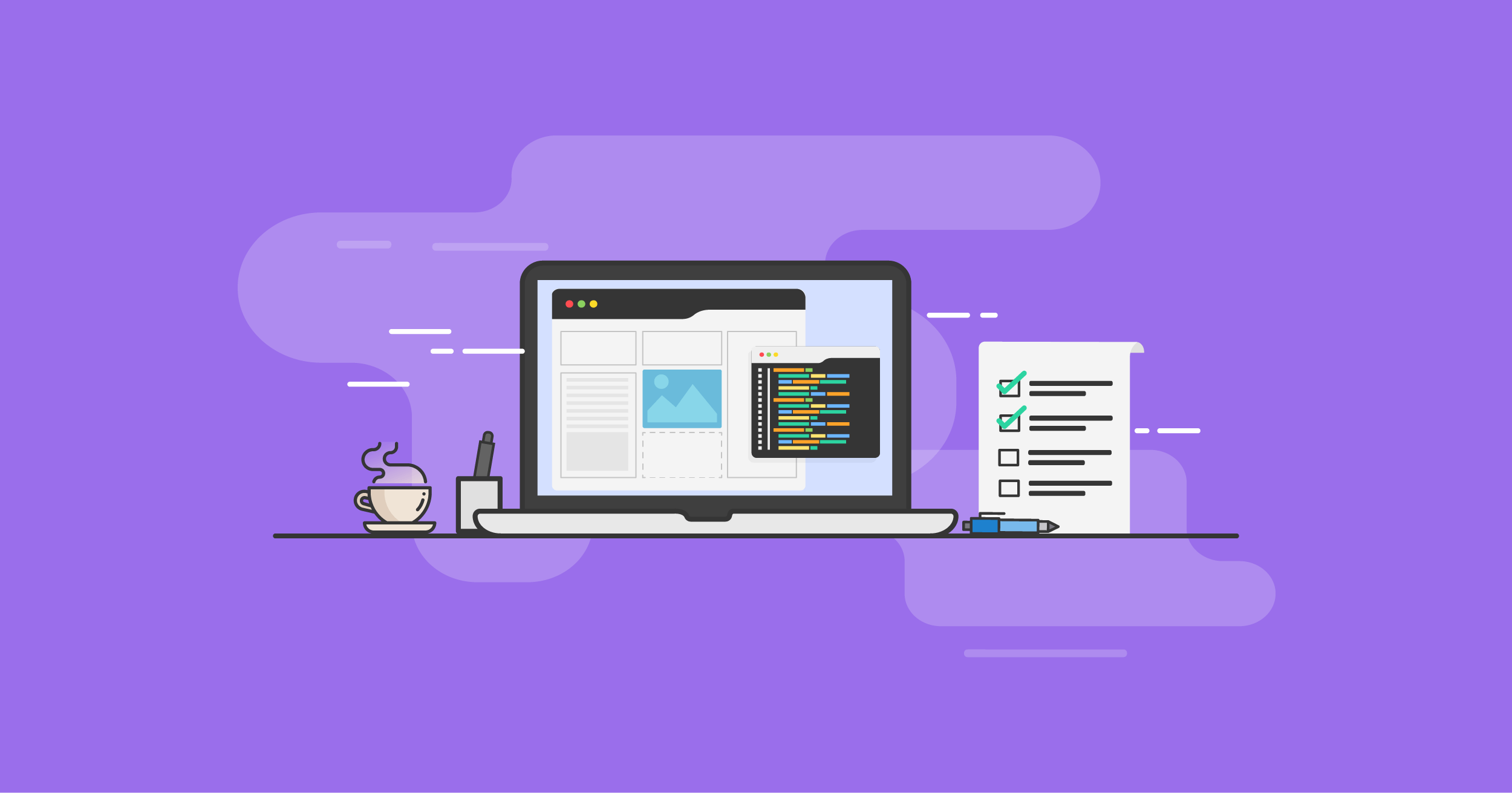The Importance of User Experience in Effective Web Design Strategies
The Importance of User Experience in Effective Web Design Strategies
Blog Article
Understanding Individual Experience: Key Principles for Successful Website Design
In the realm of internet design, recognizing individual experience (UX) is paramount to producing platforms that not just attract yet likewise maintain users. Trick principles such as instinctive navigating and reliable feedback systems play critical functions in fostering customer complete satisfaction. In addition, considerations for access make sure that all customers can engage with the content seamlessly.
Importance of Individual Experience

In the world of web layout, one can not underestimate the importance of individual experience (UX) as a pivotal element that straight affects the success of an internet site. When users encounter a instinctive and interesting interface, they are more likely to discover the web content, transform into clients, or share their experiences with others.
It encompasses the general performance of a website, making certain that navigating is smooth and info is conveniently obtainable. Web sites that focus on UX are usually viewed as even more trustworthy and trustworthy, which can have an extensive impact on conversion prices.
Inevitably, buying customer experience is not just a layout selection; it is a critical choice that can differentiate a brand name in a jampacked market. By focusing on UX, companies can produce significant communications that reverberate with customers, leading the way for continual success in the digital landscape.
Use Concepts
Effective internet design depends upon the application of vital functionality principles that make certain a website is both functional and straightforward. Central to these concepts is the concept of intuitiveness, where individuals can navigate the website easily without substantial guideline. Clear navigating structures, consisting of well-labeled food selections and constant formats, enhance this user-friendly experience, allowing individuals to locate details quickly.

Consistency is just as crucial; keeping uniformity in design components, terminology, and treatments throughout the website assists to reduce confusion. Users need to not need to relearn exactly how to interact with different sections of the site.
Additionally, error prevention and recuperation are important for usability. Sites ought to be designed to minimize the opportunity of customer errors, and when mistakes take place, clear and constructive error messages should guide customers in the direction of resolution.
Ease Of Access Considerations
Ensuring availability in website design is critical for developing comprehensive digital experiences that satisfy all customers, consisting of those with disabilities. Access considerations include designing internet sites that accommodate diverse needs, enabling users with visual, auditory, cognitive, or motor disabilities to navigate and interact efficiently.
To accomplish this, web developers need to comply with developed guidelines, such as the Internet Material Ease Of Access Standards (WCAG) These standards provide a structure for making material perceivable, operable, easy to understand, and robust. Secret practices consist of making certain enough shade contrast, offering text alternatives for non-text web content, and making certain keyboard navigability.
Additionally, semantic HTML must be utilized to enhance screen viewers compatibility, allowing customers with aesthetic problems sites to comprehend the structure and significance of web content intuitively. web design. Providing clear, concise directions and using straightforward language can even more improve functionality for individuals with cognitive specials needs
Normal ease of access screening, entailing genuine customers with disabilities, is vital to recognize barriers and boost the individual experience. By prioritizing ease of access, web designers not just abide by legal criteria but also promote a more equitable digital landscape, ultimately benefiting everybody with enhanced functionality and interaction.
Aesthetic Style Elements
A myriad of visual layout elements plays a critical duty fit user perceptions and experiences on a website. These aspects consist of color schemes, typography, format, whitespace, and imagery, each adding to the total aesthetic charm and effectiveness of a site.

Shade systems stimulate feelings and can influence user actions; for example, warm colors may produce a feeling of necessity, while cool shades frequently advertise peace. Typography, on the various other hand, impacts readability and can develop a brand name's individuality - web design. The option of font design and dimension need to line up with the site's goals and target market
Images, consisting of pictures and symbols, enhances narration and can significantly impact user interaction. Top quality visuals create a feeling of professionalism, while poor-quality images may detract from the user experience.
Layout and whitespace are similarly essential, as they guide individuals via the material. A well-structured design assists users find details rapidly, while adequate whitespace stops mess, assisting in a much more satisfying searching experience.

Examining and Version
Customer testing and model are essential parts of an effective internet layout procedure. These methods make it possible for designers to gather important responses from real customers, ensuring that the end product fulfills their assumptions and needs. Individual screening entails observing how genuine customers engage with a web site, my website determining functionality issues, and recognizing user actions. This direct comments is crucial in revealing pain factors that may not be evident during the design phase.
Model, on the various other hand, is the process of fine-tuning the style based on the insights gained from individual screening. By making step-by-step changes and re-evaluating the style, teams can improve functionality, boost aesthetic appeals, and maximize customer engagement. This cyclical method cultivates a society of continuous enhancement, permitting developers to adjust to user requirements and arising trends efficiently.
Moreover, integrating both customer testing and model into the style procedure results in more educated decision-making and ultimately causes a much more user-centered item. By welcoming these principles, internet designers can produce much more intuitive, interesting, and effective experiences that reverberate with their target audience, inevitably driving greater user fulfillment and retention.
Conclusion
Finally, user experience is an important part of efficient website design, encompassing functionality, availability, and visual considerations. Abiding by well established principles improves customer satisfaction and engagement, cultivating a more comprehensive on-line setting. Continual testing and model function as vital processes for determining and addressing customer pain points, making sure that web layouts continue to be versatile to evolving requirements. By focusing on these elements, internet designers can develop interfaces that not only fulfill customer assumptions however likewise promote enduring connections.
In the world of internet layout, understanding user experience (UX) is extremely important to developing platforms that not only bring in however also keep users.In the realm of internet layout, one can not ignore the relevance of customer experience (UX) as a crucial component that straight affects the success of a website. User screening entails observing how actual customers interact with an internet site, recognizing usability issues, and comprehending individual behavior.In click over here now conclusion, individual experience is a critical component of effective web design, including usability, access, and visual factors to consider. Continuous screening and model serve as vital processes for determining and resolving customer discomfort points, making certain that internet styles continue to be versatile to advancing demands.
Report this page